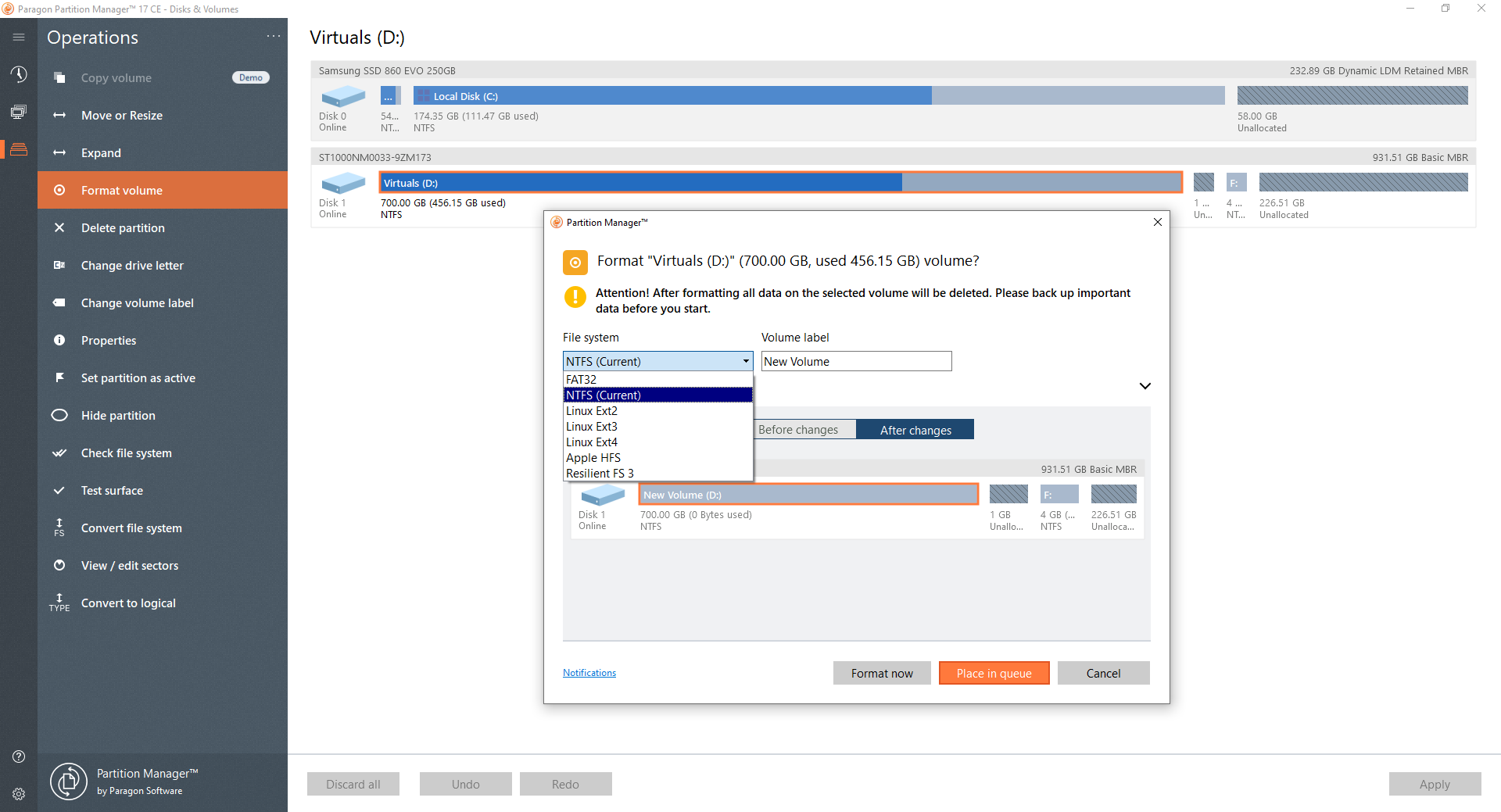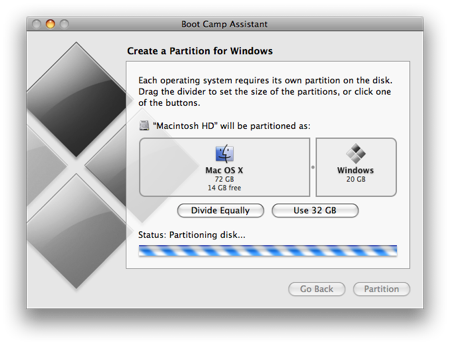

That’s because the term is used to call both a formatted volume - a common yet intangible concept - and a physical storage device that you can hold in your hand.

So, again, “drive” is where it gets confusing. Once formatted, it can now be referred to as a drive, which is why we have the drive letters within the Windows operating system, as mentioned above. In the raw state, a partition is sometimes called a volume. See also SSD Explained: Everything You Need To Know about Solid-State DrivesĪ disc comes with unallocated space, which can be turned into a partition or partitions. (“Drive,” on the other hand, is a bit more complicated.) That said, “disk” and “disc” refer to the same thing it’s always the physical device that holds your data. But it can also be called a disc, a disk. That said, here’s the lowdown:įirst and foremost, we have a physical storage device often referred to as a drive - like a hard drive (HDD) or a solid-state drive (SSD). It’s a bit of a mess when it comes to digital storage terminologies. These volumes can be all of one physical storage device or four different ones. Here’s a typical view of the “This PC” folder on a Windows 10 computer. Once formatted using a file system - more below - a partition is now available to the operating system as a volume.įor example, in Windows, each drive letter you see (like C: or D:) represents a volume (partition). To state the obvious, we’re talking about digital storage here.Ī partition is a portion, or a region, of a storage device that users can manage independently.

Things to keep in mind before formatting a drive.Extra: Active partition and drive cloning.Extra: Primary partition vs extended partition.


 0 kommentar(er)
0 kommentar(er)
